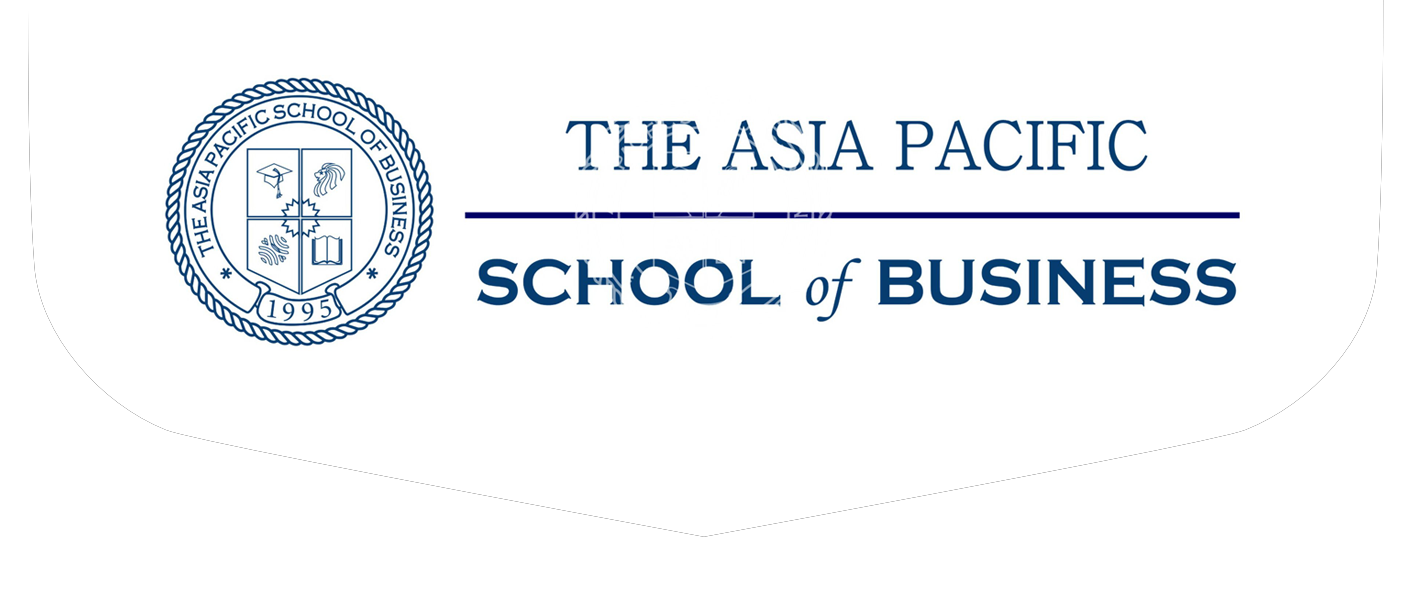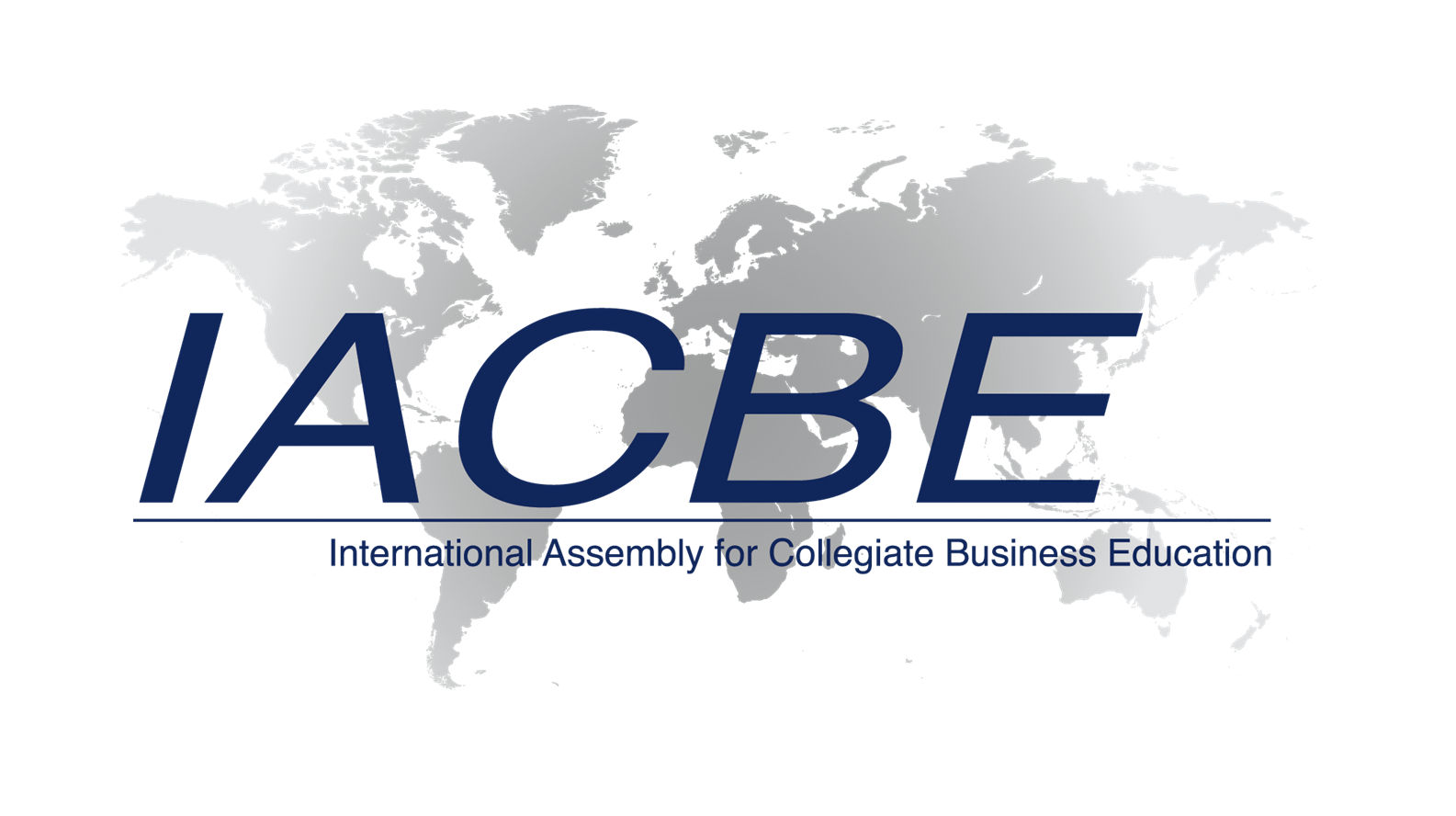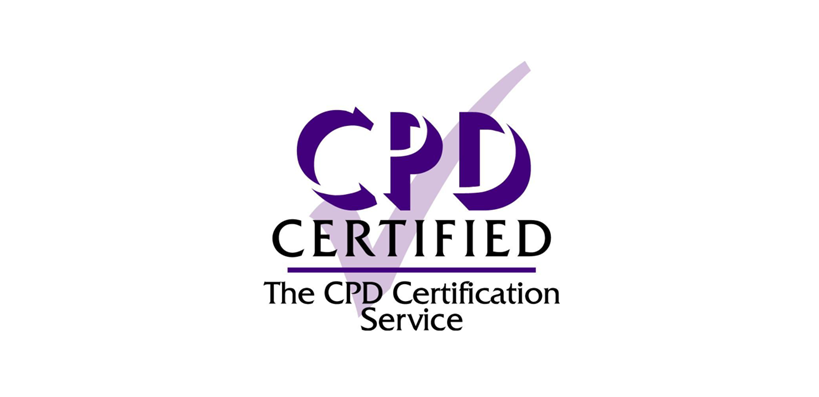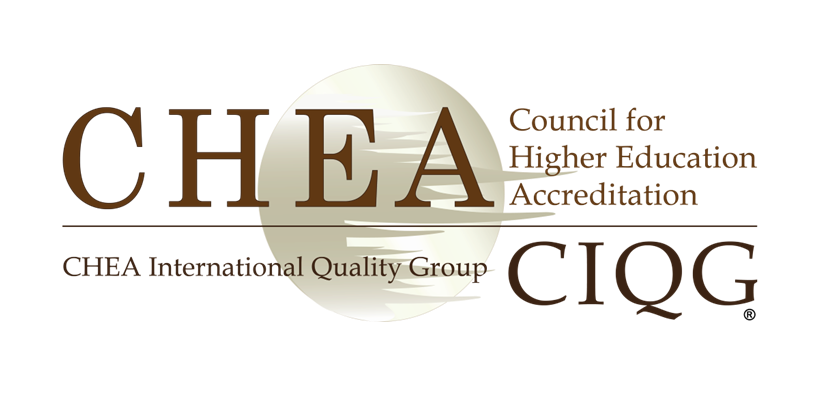Acap
Acap
-
It originated in the ancient British parliamentary system and formed in the United States after the War of Independence. It was compiled by American Brigadier General Henry Martin Robert, so it is commonly called "Robert's Rules of Procedure". Since its development, it has been widely adopted by governments, non-governmental organizations, industry associations, enterprises and institutions, universities and colleges, etc., and has become an internationally recognized standard of procedure and the official general procedure of the United States.
-
The general rules of procedure are rules for the efficient and orderly formation of public decision-making among multiple equal individuals. It is designed to solve the internal friction of the meeting, start from the meeting details and operational links, and help people quickly establish a good meeting interaction. , So as to quickly and efficiently resolve the issues raised by the meeting.
-
In our daily deliberation meetings, there is widespread inefficiency in deliberation. Generally there will be the following four questions. The first is to digress, you say east, he says west, there is no side and no shadow; the second is overtime, some people who can talk can't stop talking, and others who want to talk can't talk; the third is barbaric argument, As soon as we discuss a problem, we doubt the character of others. In a hundred sentences, catch someone else's word, and even break up; the fourth is to interrupt, when someone else is speaking, just rush to speak. The above-mentioned problems generally exist in the meetings of our various levels and organizations, making it impossible to decide on a simple matter in a few hours or days, which seriously affects the efficiency and effectiveness of the meeting. We all know that European and American countries "have fewer rules and more rules". This "rule" is the "general rules of procedure". It circumvents and handles various issues that may affect the efficiency of the meeting during the meeting, thereby ensuring that the meeting is fast, effective, and Complete processing of related matters.
The general rules of procedure are essentially a means of efficiently operating meetings. When it is necessary to make decisions on organizational matters involving various factors and when various demands conflict with each other, in order to resolve disputes, promote compromise, and make correct decisions, general rules of procedure can be used to be neutral. In an efficient, objective and efficient manner, we will make overall plans and take into account the interests of all parties and the actual situation, and try our best to transform the interests of all members into overall willingness. In this way, the rights of the members of the organization are considered to the greatest extent, and the interests of the organization are protected to the greatest extent.
-
The main ideas and basic procedures of the general rules of procedure are as follows:
The core principle of the general rules of procedure is to carefully balance the rights of individuals and groups in organizations and meetings, including:
• The right of the "majority" who has a majority of opinions. The willingness of the majority determines the overall willingness of the meeting.
• The right of the "minority" who has a minority opinion. The meeting formulated rules to protect the rights of debate, voting and other legal rights of the minority (or opposition).
• The rights of each member. Each member should enjoy the rights as an individual, such as the right to speak and the right to raise objections.
• The right of "absentees". If there are too many absentees to meet the quorum, the meeting will be invalidated, thereby protecting the rights of absent members.
• The rights of all the above groups as a whole. After full discussion and voting, a decision is formed, and in the least amount of time, a large number of complex issues can be reached to the greatest degree of agreement.
-
• The principle of one person, one vote-to protect individual rights and equality and freedom, and to protect the right of choice of every member;
• One-time one-time principle-only one transaction is processed in one time period, and all discussions are carried out around the current affairs, do not digress, do not delay, do not engage in personal attacks, and ensure the purpose of real dialogue argumentation and full discussion;
• The principle of one matter, one discussion-matters that have been decided at the meeting will not be discussed again under normal circumstances, thereby saving meeting costs and improving decision-making efficiency;
• The principle of majority vote-only if the majority supports or a higher voting quota can become the overall will of the meeting;
• The principle of quorum effective-if the attendees do not reach the quorum, then the decision made has no effect.
In addition to the above five principles, Janes’s rules of procedure include:
• "Speech restriction principle": Members apply to the chairman to speak, and they can speak only after they are approved, so as to prevent the abnormal phenomenon of "some people talk endlessly, some people want to say no chance";
• "Principle of taking turns in speaking between positive and negative": Both supporters and opponents of the current issue have the same opportunity to speak, so as to ensure the equal voting rights of each participant and help the meeting collect more and more comprehensive information;
• "Order Issues and Principles of Appeals": The meeting grants the chairman special rights, but in order to prevent the chairman from abusing his rights, this principle is formulated to supervise and correct the chairman's use of rights at any time;
• "Principle of the matter but not the person": debates between members must face the chairman to prevent personal attacks and prevent internal conflicts from manifesting due to direct conflicts between members;
-
• The chairman counts the number of attendees and announces the meeting. Only when the number of people present at the meeting reaches a quorum can the chairman announce the start of the meeting. The quorum is set to prevent a few members from controlling the meeting and making decisions that are not conducive to the overall meeting.
• Members move and second. Each member can put forward a motion, thereby protecting the right of members to raise issues. The role of seconding is to ensure that at least one member besides the mover is willing to discuss the current issue, preventing the meeting from wasting time on meaningless issues.
• The chairman presents the topic and debates and revises the topic. Through the debate on the topic, the opinions of all parties can be heard to the greatest extent, and the opinions of all parties can be integrated to help members make correct judgments; through the revision of the topic, the parties with different opinions can compromise with each other so that the topic can meet the interests of all parties to the greatest extent , And finally passed.
• The chairman proposes to vote on the topic. Through voting, the individual will be transformed into the overall will, so that the issue can be finalized (passed or rejected).
• The chairman announces the voting results and arranges relevant actions.











